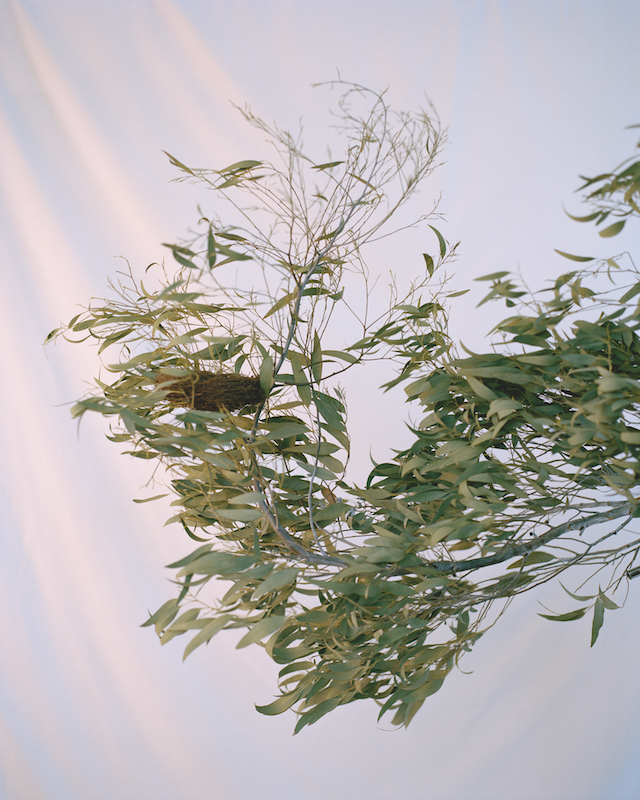From issue 24, author Helen Jukes reflects on the quiet beauty of bird nests and their perilous existence

The hedge-cutters came last week, loud and intractable, hacking at the deadwood. Later, I walked down the lane where they had been working, over frozen mud and broken branches, wood chips and bits of tree.
In the hedgerow, now pared, were nests, suddenly exposed. Here in a crook of branch had sat a bird. I leaned closer. A soft hollow, a woven cup. Light and sure and almost not quite possible – that a creature could form a place for itself from so many collected strands. And how improbable, I thought, that this is shelter – this twig, moss, sheep’s wool, horse hair, run of wire, plastic string, spider’s web, dirt.
Here, and in the eaves of houses; in the tops of trees; in wall cavities; in grass; in the ground. Rooks, I’ve heard, drop twigs at height over tall trees until, as if by accident, a nest forms. Blackbirds can spend two weeks on intricately woven structures that fall apart by the end of the breeding season; swallows return, year on year, to the same mud-plastered eaves. I once saw a Great Tit nesting inside a traffic cone, and two seagulls setting up behind a satellite dish. How delicate, I thought. How defiant and how fragile and how precarious.
Photography Lewis Khan

This article is taken from issue 24. To buy the issue or subscribe, click here




